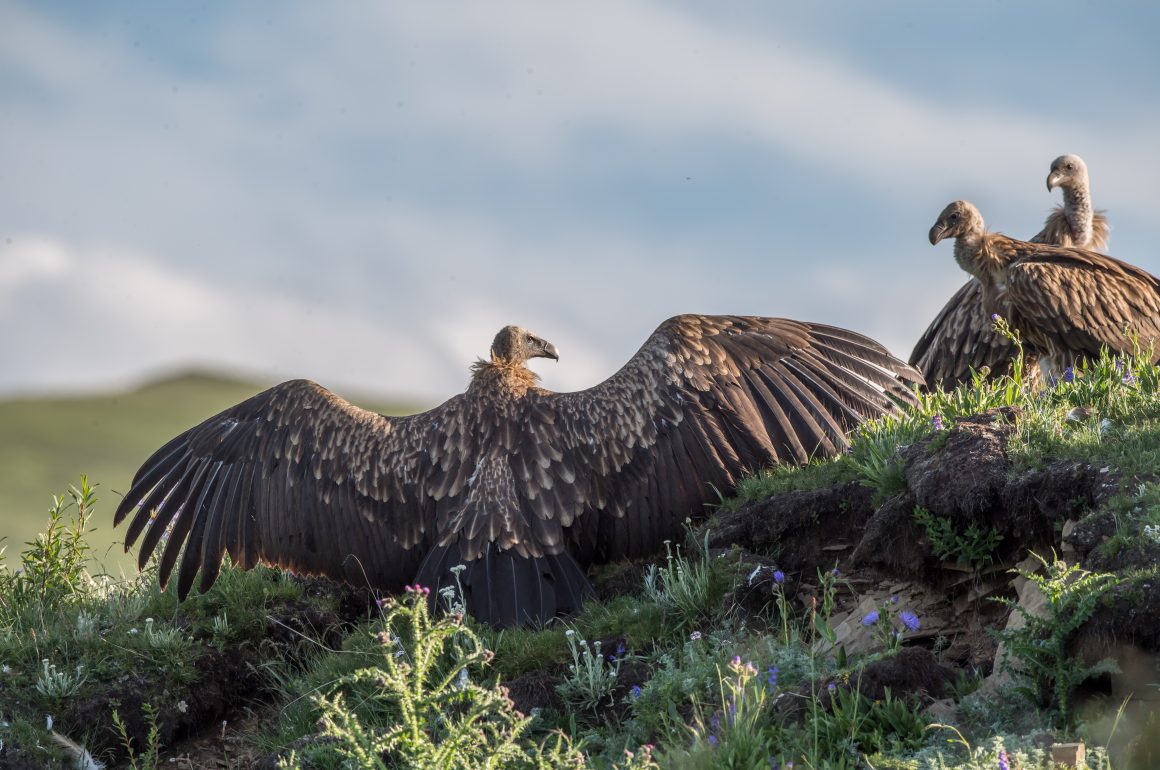
The relatively flat and open grassland of Ruoergai is also good raptor country – raptor here being used in the broadest sense of the word, i.e., including owls and vultures.
Fortunately for birdwatchers, many of these birds like to sit on the power and other lines, of which sometimes curiously three or four run in parallel. Rarest among the ones we saw was the endangered Saker Falcon.
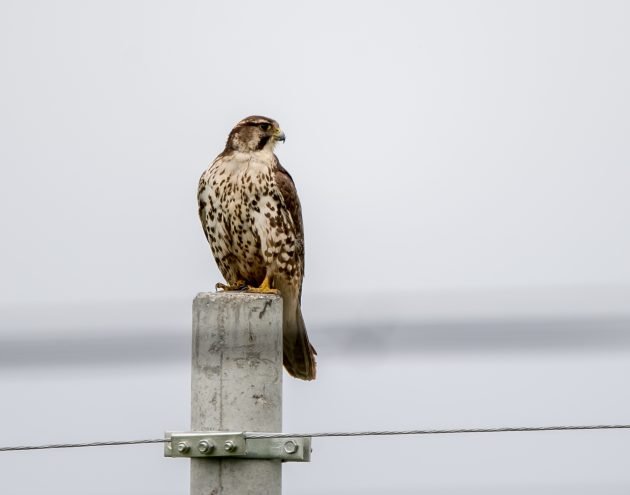
According to the HBW, in mountainous regions, pikas and young marmots are among its main prey, giving me a chance to show you photos of these animals as well (without straying from the birding topic).
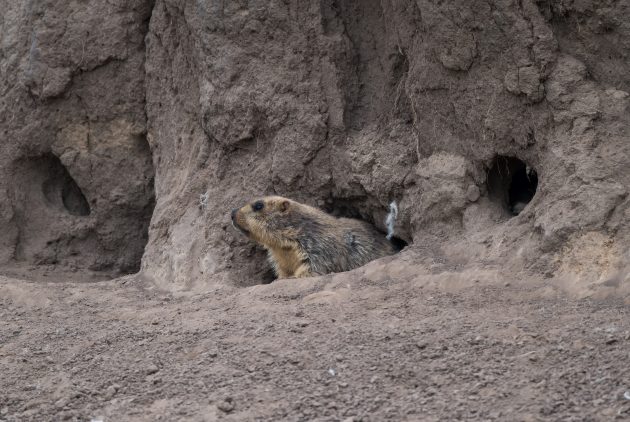
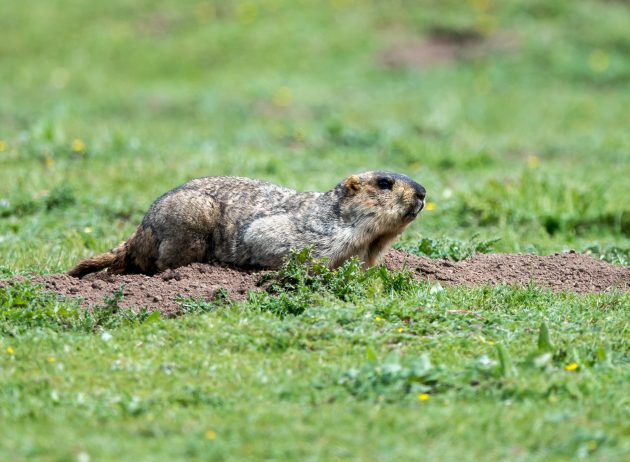
Himalayan Marmot
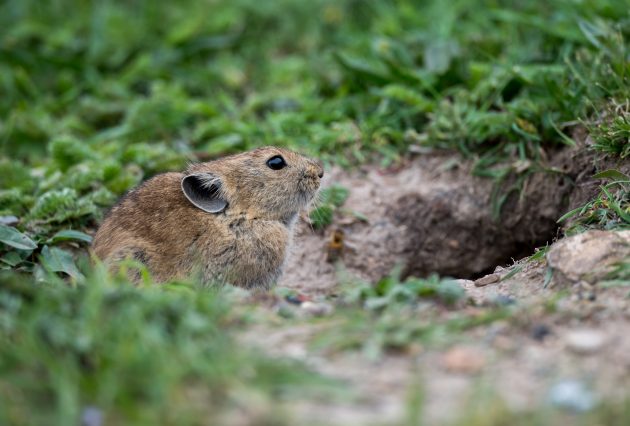
Plateau Pika
As far as I know, White-rumped Snowfinches are not among the main prey of the Saker Falcon – but they associate with colonies of pika, using burrows for both roosting and breeding (HBW), so it makes sense to mention them here (plus I forgot to cover them in my earlier post on Ruoergai birds).
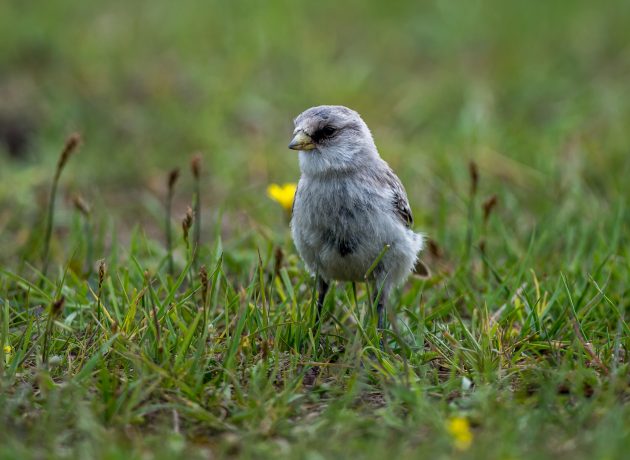
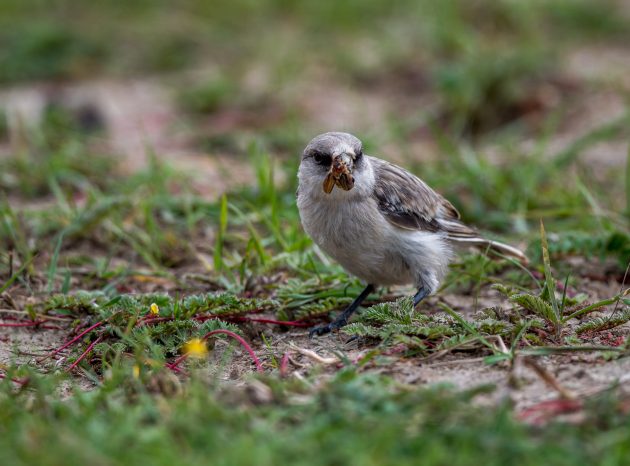
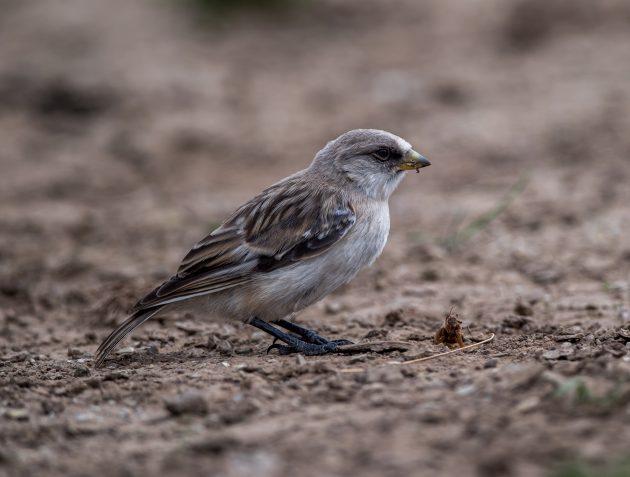
The Black Kite is supposedly the most numerous raptor in the world, something that any visitor to Delhi will easily believe. They are also here at Ruoergai, though in more moderate numbers, presumably as the amount of trash available here is much smaller than in the Indian capital.
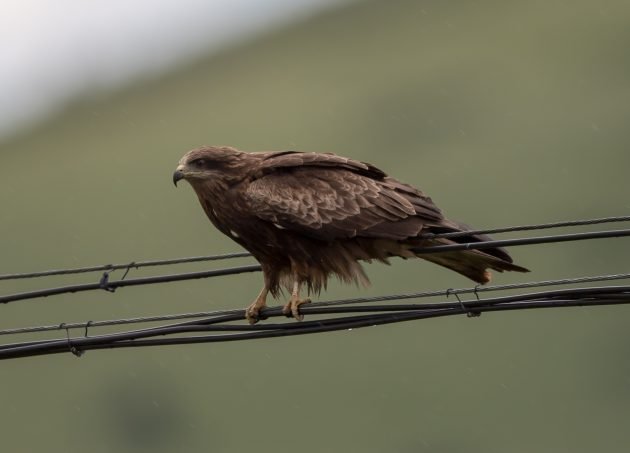
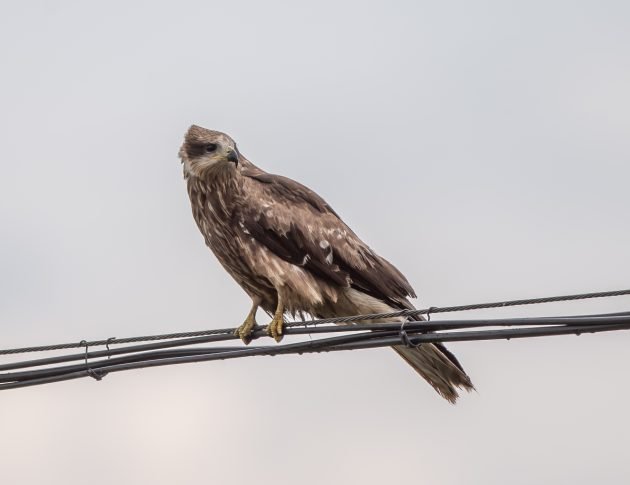
The Upland Buzzard is another relatively common raptor here at Ruoergai. It utilizes some of the gravel pits along the roadside as nesting sites.
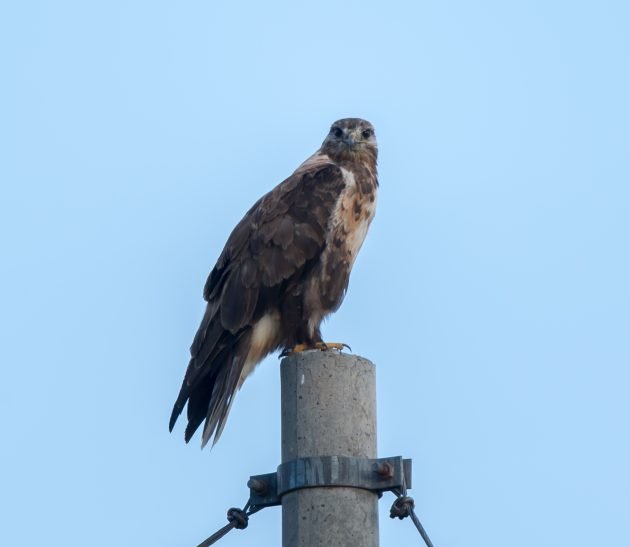
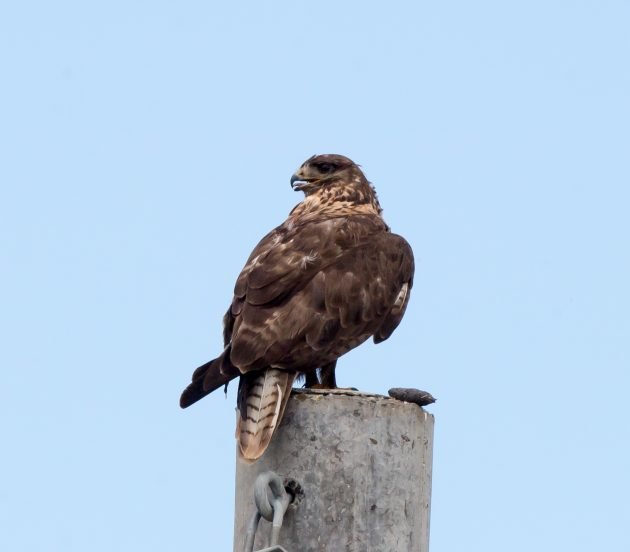
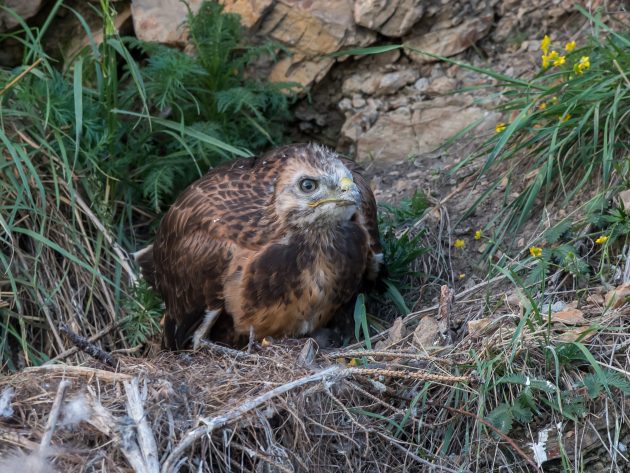
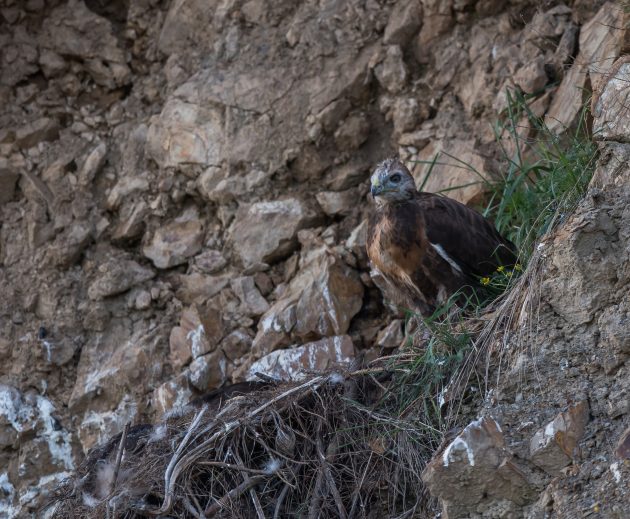
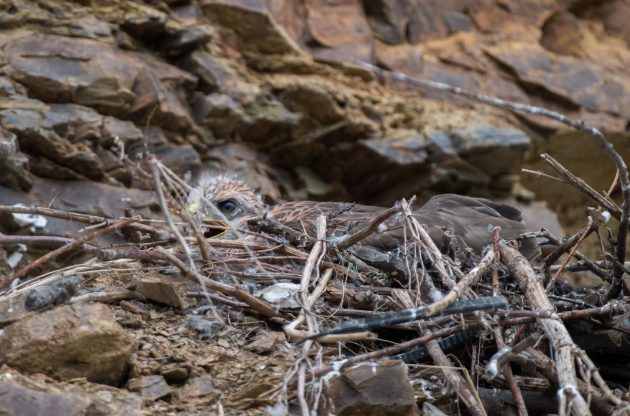
The Himalayan Vulture has an important task here in the Tibetan region – it is the principal scavenger at Tibetan sky burials, according to eBird. I am not sure what the birds were congregating for where I took these photos.
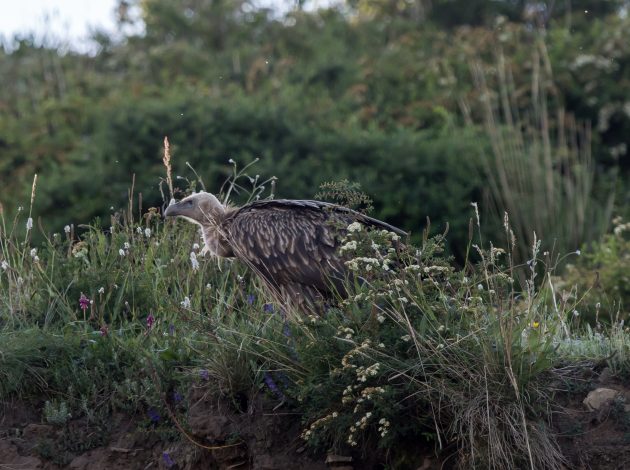
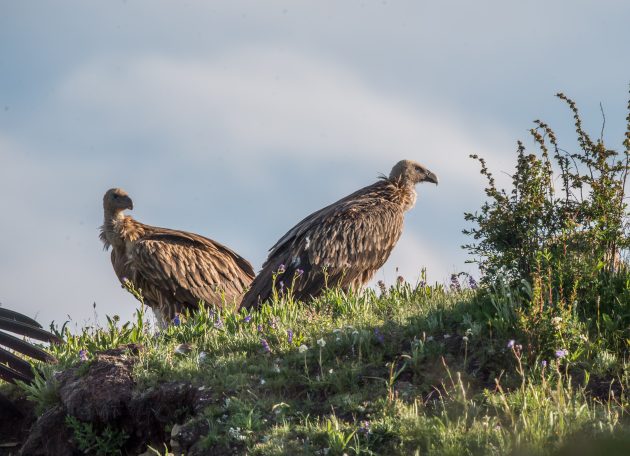
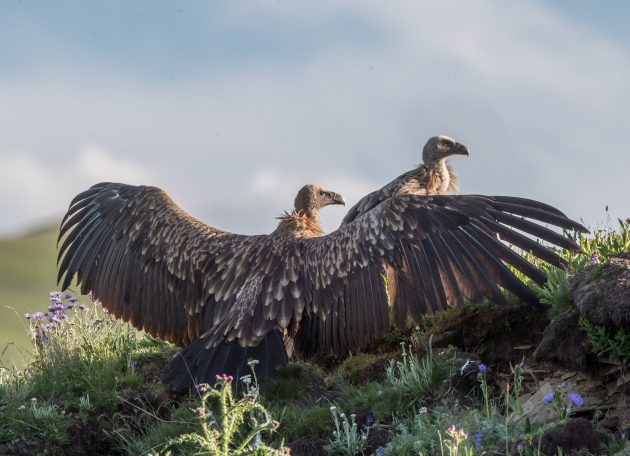
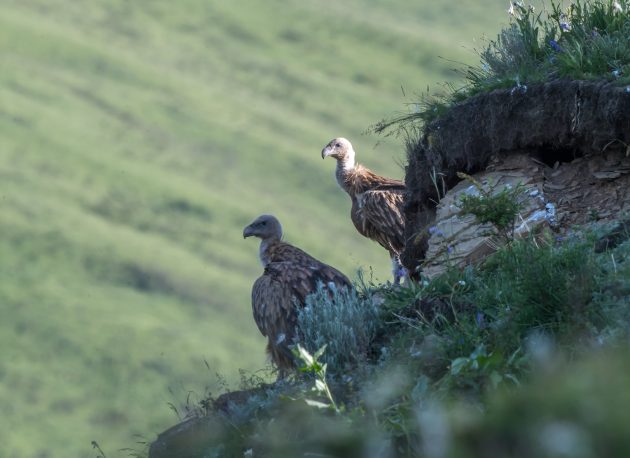
Hopefully, this role gives the birds some protection, as indicated here: “Himalayan vultures are highly respected within the Buddhist culture of the Tibetan plateau, playing a unique role in a centuries-old sky burial tradition (feeding of human corpses to vultures at specific sites) that is followed by about four million Tibetan people. At sky burial sites, human corpses that are intended for consumption by Himalayan vultures are broken up by burial priests. As a result of this ongoing tradition, local people continue to value and protect these scavengers.”
Anyway, given that my first choice of burial (being turned into cat food) is probably not realistic, a sky burial sounds like a decent second choice.
Little Owls have a somewhat less interesting diet consisting of insects, small mammals, and birds. Possibly, as a result, they look much cuter than the vultures.
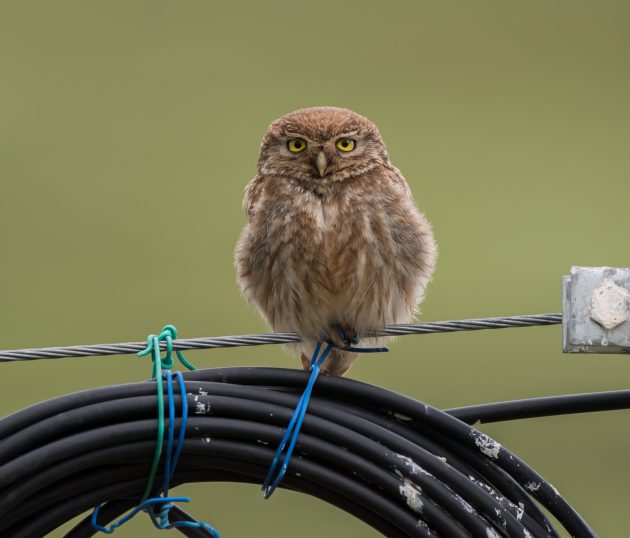
The white spots on the cable indicate that this is a preferred viewing point.
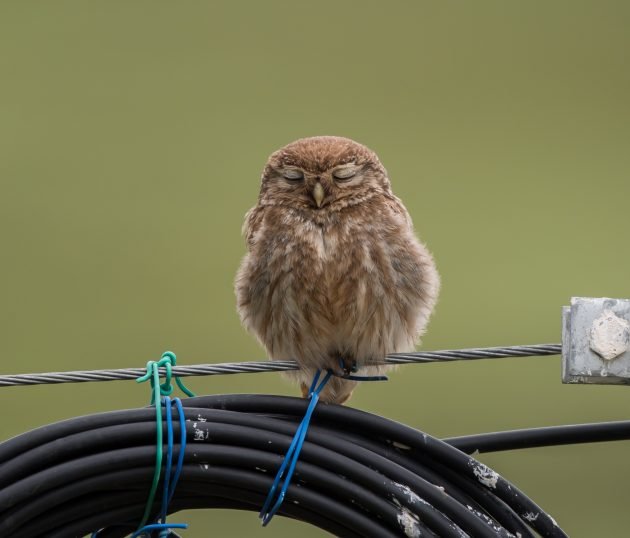
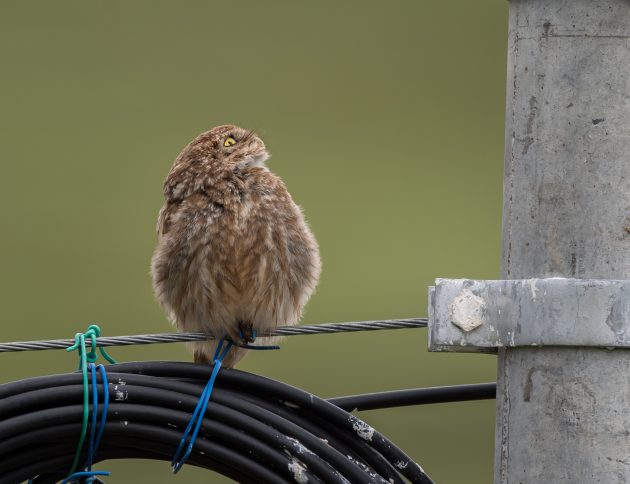
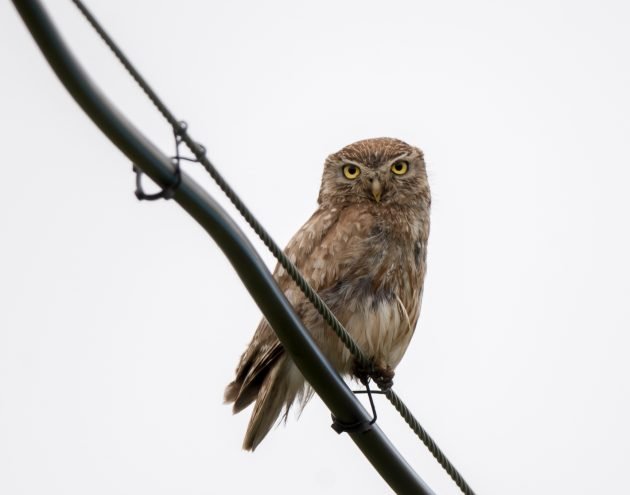
Where’s Waldo?
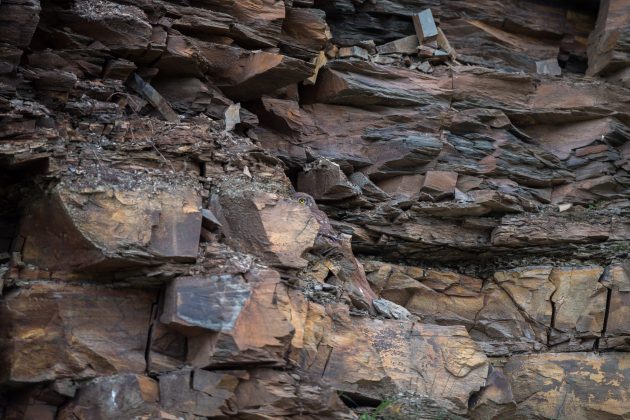
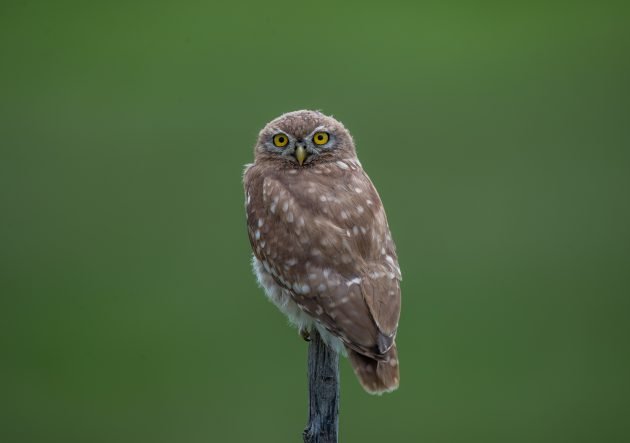
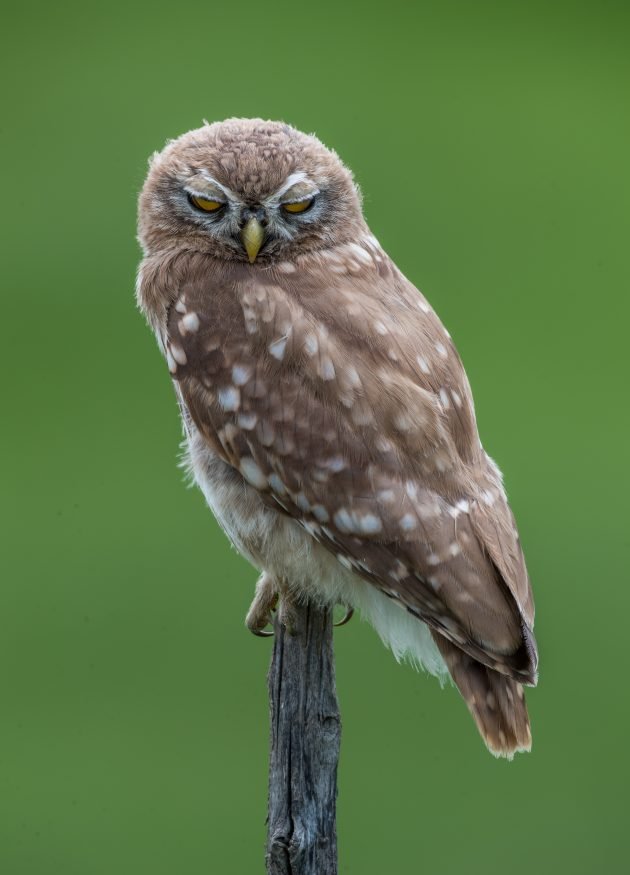
Finally, if you want to know about the use of the word “duck” in a slightly uncommon meaning, follow this link. Well worth reading, though it has almost nothing to with birds. Apologies if you know it already (I did not and was impressed by it), or even have been tortured with it at school.
Note: This trip was made with Alpinebirding, a Chinese tour company with very knowledgeable, English-speaking, and friendly guides – highly recommended to overseas birders. See my report on Tripadvisor if interested.













Hello Kai. As mentioned yesterday, I’m slowly catching up on my reading. I found this post particularly interesting and am envious about your Saker falcon sighting. As always, your photos are stunning and your narrative very interesting. I’d never heard of sky burials before. Intriguing idea. The Little Owl peeking around the rocks is a brilliant photo. With regard to the word “duck” the link opened a “page not found” page on the Katherine Mansfield Society’s website. She happens to be one of my favorite authors but I don’t remember a duck reference before. Could you please repost the link? Thanks much.
Hello Lisa, thanks again for your kind comments. Indeed, it seems the link to the Katherine Mansfield story is broken. It is a short story titled “A cup of tea”. I found another online version here: https://www.allenisd.org/cms/lib/TX01001197/Centricity/Domain/2344/A%20Cup%20of%20Tea.pdf
If that one does not work either, just search for “Katherine Mansfield” and “A cup of tea” and maybe “read online”, and you will probably find it somewhere as it should no longer be restricted by copyright. No idea why the Katherine Mansfield society no longer posts it.
In any case, the “duck” reference is relatively irrelevant – I just stumbled across the story somehow and liked it very much (it is somewhat aligned with my non-too-positive view of humans in general), and used the duck reference as an excuse to mention it in my birding blog. Still definitely worth reading though, I think.
Thanks for the link, Kai. It opened perfectly and I’m looking forward to reading the story.